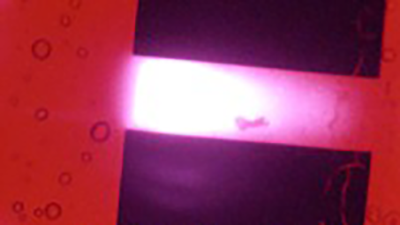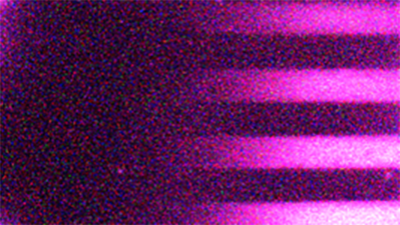MANA International Symposium 2025
Nanomaterials - 19
Abstract
We report the observation of localized, near-infrared (NIR) light emission from electrically biased, thin gold films at ambient conditions. The devices, consisting of a narrow bridge between two 1mm x 1mm contact pads, emit light when a DC voltage of approximately 1.5-3V is applied. A key finding is that this NIR emission is readily detectable using a back-illuminated CMOS camera, requiring only a long exposure time and sufficient gain. Preliminary spectral studies confirm the photons are primarily above 800 nm.
The physical origin of this phenomenon remains under investigation. Incandescence is a possible mechanism; however, contradictory evidence has emerged. Coating the device in blackbody paint, which possesses an emissivity three orders of magnitude higher than that of gold, unexpectedly quenches any observable emission. This result strongly challenges a purely thermal incandescence model. With electroluminescence largely ruled out, alternative explanations, such as those involving hot electron dynamics, are being explored. Further studies are essential to elucidate the nature of this electrically induced emission.



